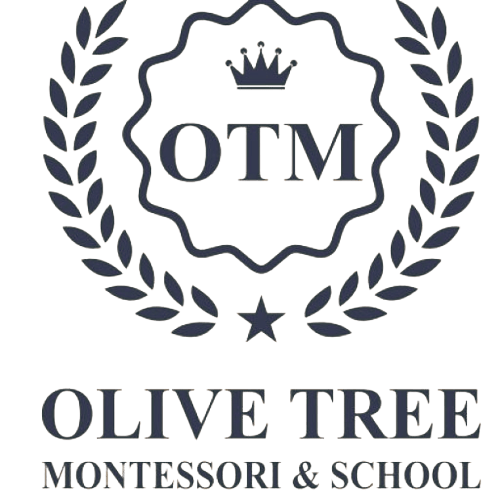In today’s progressively interconnected globe, the capacity to function collaboratively is a crucial ability. As traditional instructional paradigms advance to meet the demands of the 21st century, collective understanding becomes a critical concept. This write-up looks into the complexities of collaborative knowing, discovering its advantages, approaches, and challenges, while giving insights into how it shapes contemporary education.
Collaborative learning exceeds simply interacting.
It embodies an educational strategy where people participate in a cumulative effort to gain knowledge, address issues, and achieve an usual goal. This technique emphasizes the worth of diversity in thought and cultivates much deeper understanding with interaction and common experience.
The Benefits of Collaborative Discovering
Joint understanding provides a myriad of benefits, making it a preferred approach in academic setups around the world. One of the primary advantages is the improvement of important assuming abilities. As students engage with peers, they are revealed to various point of views, motivating them to review and analyze information more seriously.
An additional significant advantage is the improvement in communication abilities. Collaborative learning environments require energetic listening, verbalize expression of ideas, and considerate discourse. These abilities are important, not simply academically, however in expert and social contexts also.
Cognitive growth is also especially bolstered via collective efforts. Working together calls for learners to verbalize their reasoning, challenge assumptions, and integrate various viewpoints, bring about deeper cognitive handling and retention.
- Improved vital thinking
- Improved interaction skills
- Increased cognitive development
- Greater retention prices
- Promoting of social and management abilities
The cumulative result of these benefits is an extra all natural academic experience. Learners not only get expertise however additionally develop important life skills that prepare them for future collective undertakings in any kind of field.
Approaches for Effective Collaborative Knowing
Implementing collective learning properly needs thoughtful technique and planning.

Educators needs to create a setting for collaboration, where learners feel safe and motivated to participate freely. Below are some approaches that can assist in successful collaborative understanding experiences.
Firstly, establishing clear purposes and expectations is extremely important. When students comprehend the objectives and their functions within the group, they are most likely to engage meaningfully. Educators needs to interact these objectives clearly and guarantee they are aligned with the curriculum.
Second of all, using diverse team frameworks can improve the knowing experience. By differing group composition, whether by ability level, rate of interest, or history, instructors can stimulate vibrant communications and an extra detailed understanding of the product.
Challenges in Collaborative Understanding
While joint learning supplies numerous benefits, it is not without its difficulties. One common issue is the difference in team participant involvement. Some individuals may dominate conversations, while others may be less likely to contribute, resulting in an inequality in the discovering experience.
- Disparate levels of participation
- Prospective for dispute
- Time administration difficulties
- Diverse degrees of dedication
Additionally, conflicts can emerge as a result of varying opinions, working styles, or misunderstandings. Educators needs to be outfitted to take care of these disputes successfully, cultivating an atmosphere where considerate dialogue prevails.
The Duty of Modern Technology in Collaborative Discovering
In the digital age, innovation plays a crucial duty in helping with joint discovering. On-line systems damage geographical obstacles, enabling people from diverse places to team up in actual time. These tools offer a plethora of features that enhance joint efforts, from shared records and discussion online forums to digital conference rooms.

Technology not just broadens the extent of who can participate in joint discovering however likewise enhances the top quality of communication. Learners can access a wider series of sources, involve with interactive content, and use their understanding in cutting-edge means.
Future of Collaborative Learning
Looking ahead, the future of collaborative discovering shows up promising. As schools continue to welcome technology and introduce instructional techniques, partnership will likely end up being a cornerstone of learning experiences in all levels of education and learning.
Inevitably, the essence study assistance of collective learning hinges on its ability to encourage people via shared initiative and good understanding. As we progress, growing these experiences will be essential in preparing students not simply to do well academically, however to prosper in a facility, interconnected world.

